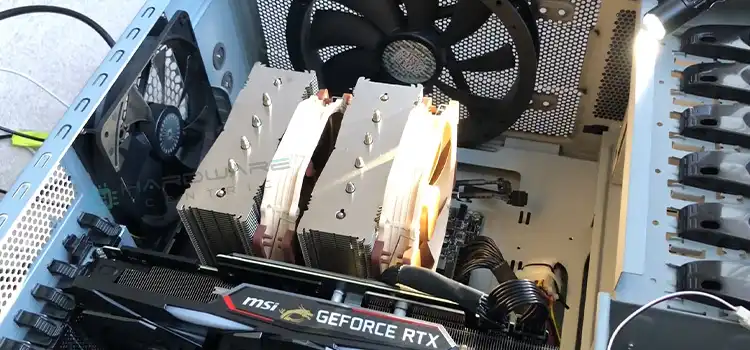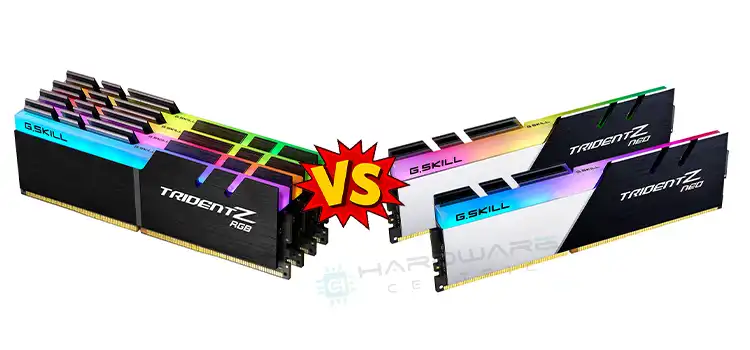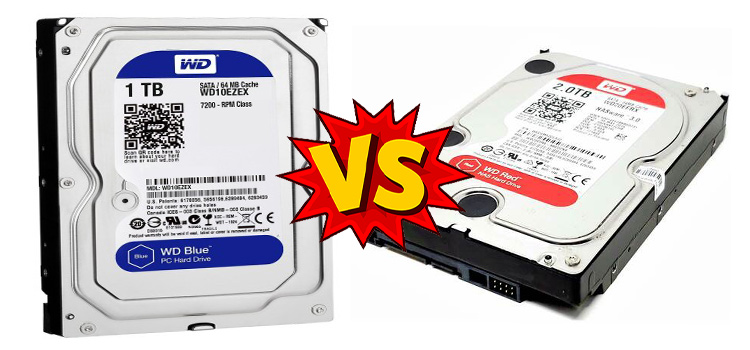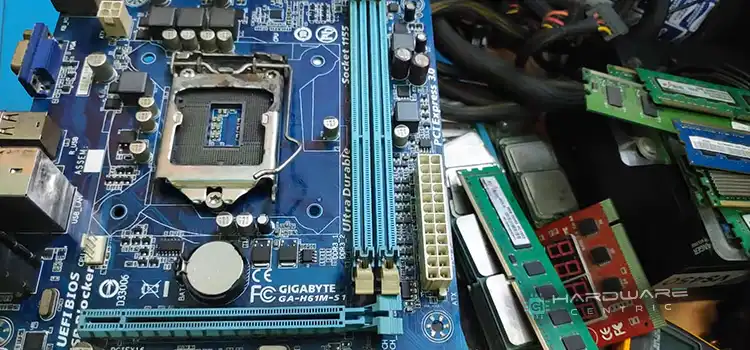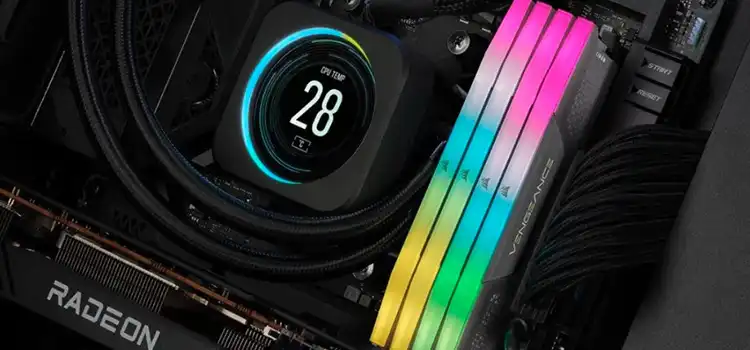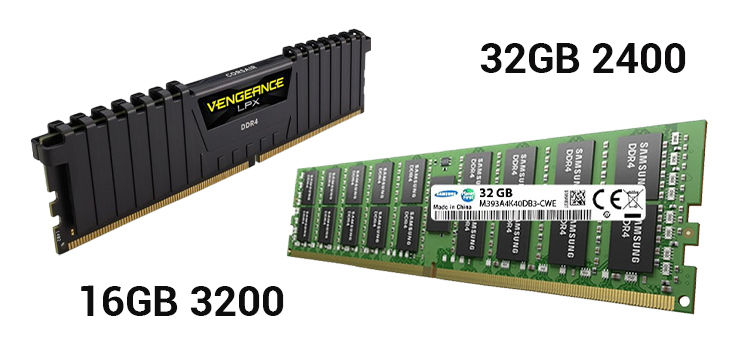128 SSD Enough for Windows 10 | An Ideal Storage Than Others
In recent years, the laptop sector has quietly transitioned shift from mainstream hard disk drives (HDDs) to solid-state drives built on chipsets (SSDs). The trouble is the price of admission. SSDs are much faster, but they’re still costlier per gigabytes of storage capacity than traditional hard drives.
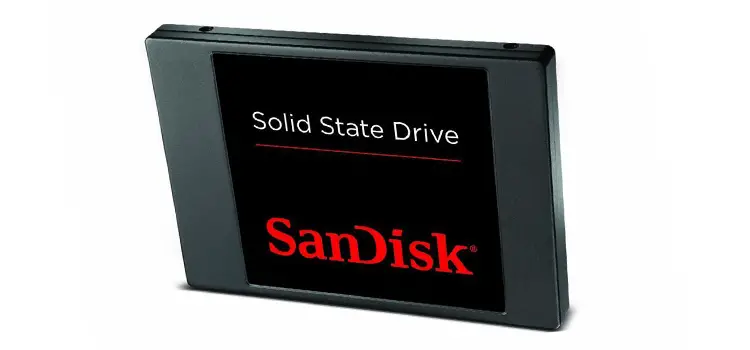
Is 128 SSD Enough for Windows 10 – Make the Right Choice
The current idea is to make a balance by inserting smaller – as well as consequently less expensive – solid-state drives (SSDs). Ideally, you’d merely swap out a 1TB hard drive for a 1TB solid-state drive (SSD), but now even presently, a great 1TB SSD might cost upwards of £250. It’s not going to be caught in a laptop that costs £350. SSDs with capacities of 128GB & 256GB, on the other hand, are now reasonably priced. To be more precise, 128GB SSDs have become less priced than inner 1TB HDDs (about £40 at retail), and some 256GB SSDs are still not significantly more expensive.
Two other variables have contributed to the success of the transition. First and foremost, you may now store documents in online storage services like Dropbox, Microsoft OneDrive, Google Drive, and then view them whenever you need them. Second, the capacity of SD flash memory has increased while the price of SD memory sticks has dropped considerably. If you already have GB of space in images or audio clips, you can transfer them to inexpensive SD cards such as 32GB cards at £7 – and remove unnecessary crucial SSD space in the process.
It is not a good idea to utilize SD cards with huge programs because they are somewhat slow. These are, on either hand, a fantastic way of storing a large amount of data in such a tiny amount of space. Two terabytes of storage might be carried in a pocket without anybody knowing, however, the cost would deter some.
Check Your Data
By analyzing the disk drive inside the Acer laptop, you may figure out just how much storage you require for your files. There are plenty of free programs available that will complete the task. SpaceSniffer, TreeSize, WinDirStat, FolderSizes, SpaceMonger, and SequoiaView are some of the more well-known examples. A top pick is SplashSoft’s RidNacs, which is derived from the phrase “scan directory” spelled backward.
The majority of the time, the larger folders will contain collections of photographs, music, and movies. To prevent having to move these to a fresh SSD, this may be worthwhile to copy those on SD cards and afterward back up the files to a computer hard disk.
However, Windows will normally be the largest directory, taking up between 15GB and 30GB of space on a hard drive. The older the computer, the more storage you may estimate it to take up, only with WinSxS folders taking up the majority of the available space.
WinSxS provides several key Windows components, such as backup data of old elements and deactivated features which are no more in use, which are useful for disaster recovery. If you choose to restore your computer to a previous state, they may be required. Recent copies of Windows contain Disme.exe, which estimates the size range of WinSxS – the directions for doing so can be found online – as well as instantly conducts a clean-up operation whenever it’s necessary, as well as other utilities.
It is possible that Microsoft Office, which is located inside the Program Files (x86) folder, will take 2GB and 3GB of space, based on the apps you already installed.
Like a casual user, you would most likely discover that what you need fits into a total of 50GB fewer, which is sufficient for a 128GB SSD. If you require more storage space than 60GB, you would be recommended for upgrading to a 256GB solid-state drive (SSD), for factors that’ll be detailed in the following section. It’ll help you by eliminating the need to manage your disks.
Of course, having 256GB rather than 128GB is preferable, as larger SSDs outperform their smaller counterparts. However, you do not require 256GB to operate “most modern software programs.” Processing huge files, including such re-encoding films, would necessitate the use of that much storage space. In the vast majority of circumstances, having more memory is preferable.
Windows 10 will make the most of whatever storage you have available — the 32-bit edition requires 1GB of RAM, while the 64-bit version requires 2GB. When it comes to basic use, 4GB is sufficient, but 6GB is substantially better, as well as 8GB puts you in a comfortable cruising state with enough memory to spend.
Real Drive Sizes
Keep in mind that downloading Windows 10’s multiple times’ updates will take up approximately 12Gb of storage space, preferably even more space. Picture courtesy of Sam Gibbs/The Observer
Windows as well as other system software operate in binary, with a gigabyte equaling 1,073,741,824 bytes inside the case of Windows. Drives manufacturers do with decimal, and a gigabyte equals 1,000,000,000 bytes in the world of computing. It doesn’t seem like a significant difference – then it’s only 70MB per GB – but still, it builds up over time. Windows will report that your 128GB memory is just 119GB in size, that’s why some businesses offer 120GB, 250GB, and 500GB SSD rather than 128GB, 256GB, and 512GB drives, which are the most common capacities.
A portion of the disk space is also used by Microsoft as well as the PC designers for their purposes. For disk maintenance, Windows 10 includes a 16Megabit MSR (Microsoft Reserved Partition) and then another separation (at least 300MB) dedicated to storing the System Restore Environments (Windows RE). It’s possible that the designer included a small barrier to keep support items. Once Windows starts, this labels the boot disk C: but it does not allocate characters to one of the other parts, resulting in the latter being completely indistinguishable from the former.
Your “128GB SSD” also will supply below 119Gb of memory for software components as a consequence of this. When you eliminate the storage used up by Os 10, you may be leaving with 90GB and 100GB of free space.
You’re probably reduced to 70-80GB after subtracting 20GB for sending data, caches, Windows updates, as well as other miscellaneous items.
Keep in your mind that activating Windows 10’s two times updates will take up approximately 12Gb of storage space, preferably even more space. It may seem like a lot, although at one moment, your computer is keeping three copies of Windows: the present copy, this same new copy that has been installed, and now a backup copy of such latest revision in case anything should go wrong. These would be later removed from the system.
Conclusion
There are around 80–90GB of available space inside a 128GB solid-state drive (SSD). It seems unlikely that Windows (for all its upgrades and appropriate add-ons) would ever demand over 50GB of disk space. As a result, the 128GB SSD would’ve been ideal for storing Microsoft Windows 10.
As stated in the required standards of Windows 10, you must have 16 Gb of storage space on such an SSD in installing the software on a computer system using the 32-bit version of the software. However, if customers choose the 64-bit version, they would require a minimum of 20 Gb free SSD storage space.
Subscribe to our newsletter
& plug into
the world of PC Hardwares
